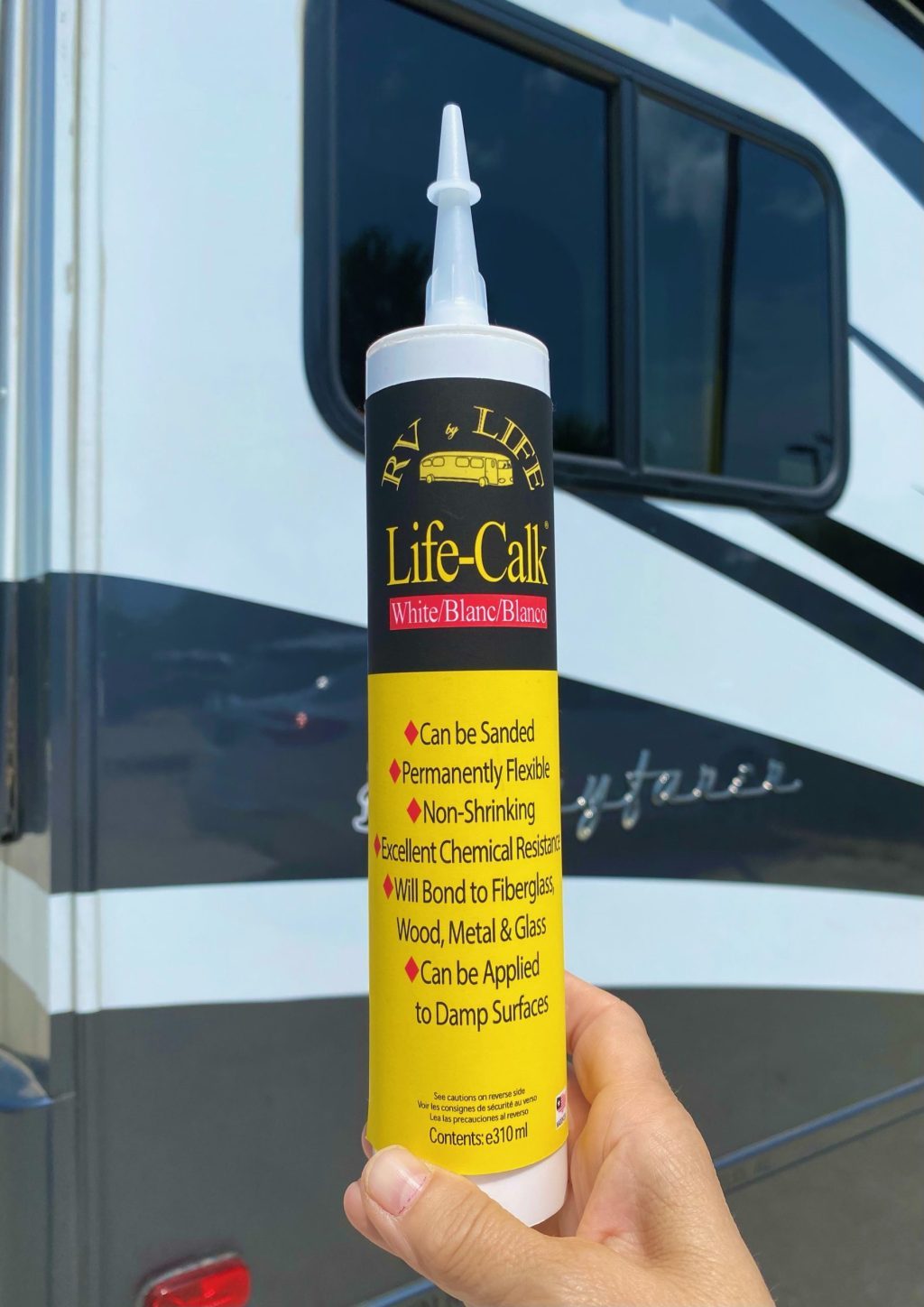
The world of RV sealants can be confusing at times, especially when you’re trying to decide which type to use on multiple surfaces. Sealants provide an air- and watertight bond, so when choosing a sealant, you have to consider the materials you’ll be bonding together as some sealants will obviously be the better choice than others. Polysulfide vs Polyurethane: which RV sealant to choose?
Which RV sealant to choose?
Let’s demystify the world of RV sealants so you’ll have the information to choose the best sealant for the job.
Different types of RV Sealants
Numerous RV sealants exist on the market but for the purposes of this article, we’ll focus on the differences between polysulfide and polyurethane.
Polysulfide Sealants
Polysulfide is a versatile synthetic polymer-based rubber material that cures in the presence of moisture or humidity. Sealants containing polysulfide are great for all-purpose bonding, especially for underwater repairs as they need moisture to cure. In addition, polysulfide sealants can hold up to the numerous chemicals often found in our waterways. The one drawback is that polysulfide sealants should not be used on plastics. Polysulfide sealants are sandable, paintable, and permanently flexible. RVbyLIFE‘s top-selling Life-Calk® is a great example of a long lasting, polysulfide sealant. Made in the USA at our manufacturing plant in South Carolina, Life-Calk® will cure to a firm but flexible rubber. It can hold its bond for at least 20 years.
Polyurethane Sealants
By contrast, polyurethane sealants work well for all types of fittings, especially if you’re looking to seal off any gaps permanently from air or water, like the hull-to-deck joint. Some polyurethane sealants withstand UV damage, and thus, are great for use on the sunnier parts of your boat. Due to their chemical makeups, some polyurethane sealants have incredibly strong bonds. That said, consider the bond strength if you’re looking to add structural integrity. Just be mindful not to choose a polyurethane sealant that is too strong in case you’ll be removing the seal at some point in the future, as there is a good chance you would end up damaging the substrates during the removal process. Like polysulfide sealants, polyurethane sealants should not be used to bond plastics.
In short, when considering an RV sealant, factor in what types of materials will be bonded together, if the bonded surfaces will come in contact with water, and if you’ll need to remove the seal down the line. Polysulfide and polyurethane provide two great options for any boat repairs or fittings. For all-purpose repairs, polysulfide is the better choice, just keep in mind that it has a longer cure time. To further help you choose the correct sealant for the job, use our handy sealant chart.


